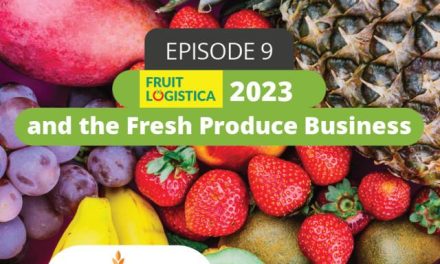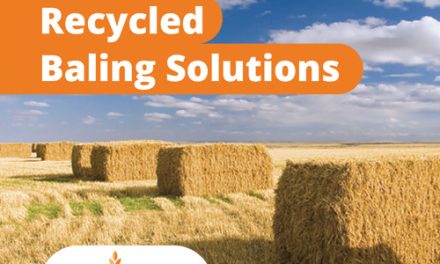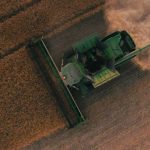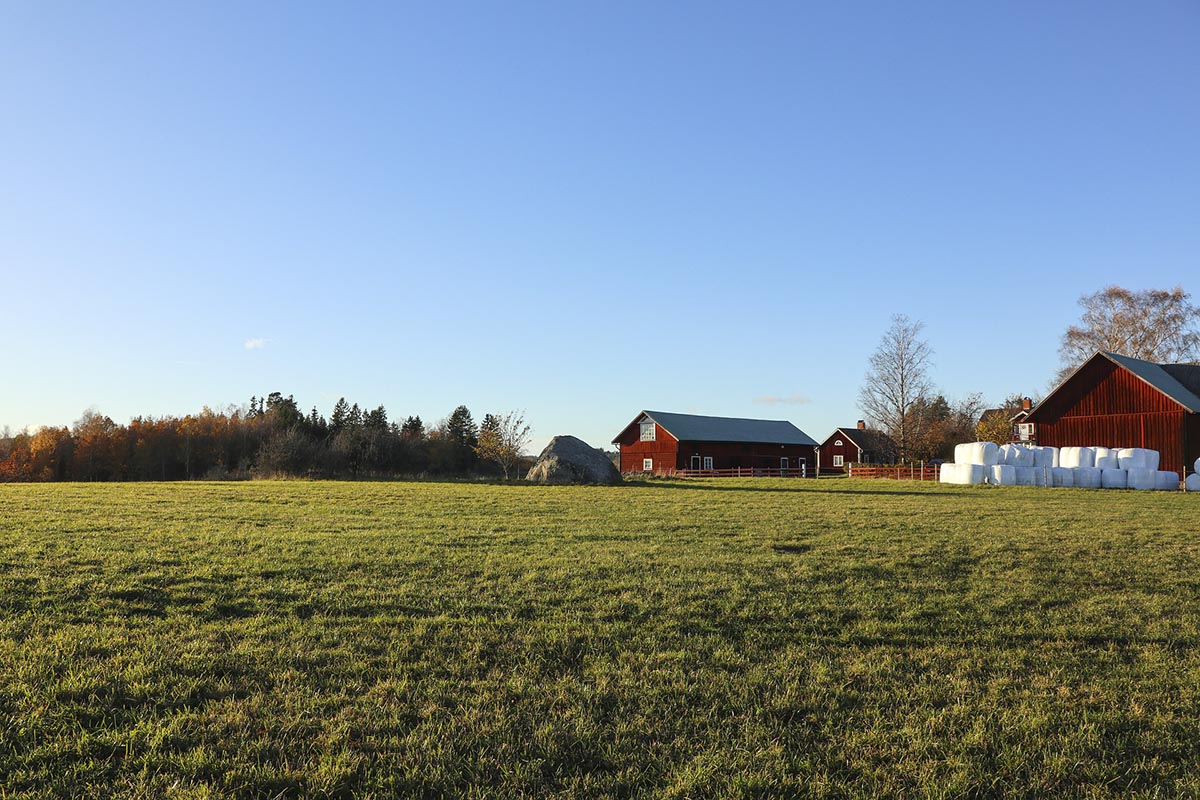
Minimizing mycotoxin problems when it comes to storing animal food

When we talk about agricultural production, one of the factors that should not be overlooked is the problem that mycotoxins can represent for food storage, although they are intrinsic to the process, paying close attention to them is vital. Sometimes, we can make the mistake of thinking the work is over after the harvesting process has been carried out; however, this is the critical point when the preservation stage begins, and a correct manipulation of the fodder is necessary to avoid the appearance of fungi that can compromise the quality of the food.
But, do you know what mycotoxins are?
Mycotoxins are a series of toxic compounds that are produced naturally as a result of the action of various types of moulds, which have the distinctive feature of growing in foods such as apples, nuts, coffee beans, wines, cereals and some spices. Their appearance may be caused in several situations: before or after the harvest, during the time the product is stored in warehouses or when it is produced by the food itself, when the environment has a lot of humidity or heat.
Part of the problems created by mycotoxins in the case of food storage is the almost certainty of consumers coming into contact with these toxins, which increases when we directly eat foods that are infected, or indirectly, when animals have been supplied with food that is contaminated. In this case, one of the most frequent routes of exposure is when we consume the milk or meat of animals like cattle. Another characteristic of mycotoxins is the fact that they are chemically stable and very resistant even after the food has been processed. In this regard, we invite you to read our publications on how to prevent white mould in silage bags and how the use of silage bags helps maintain the quality of stored grains.
Farmers should be aware of the need to propose alternatives to help minimize mycotoxin problems in terms of food storage, as a way to prevent disease from occurring in crops that end up affecting the health of both of people and animals.
“The effects of some mycotoxins present in food are quickly manifested after the consumption of contaminated products. Others have been linked to long-term effects, such as cancer, liver injury, immunodeficiency and kidney damage, among others. Out of the several hundred mycotoxins identified so far, close to twelve have attracted more attention due to their serious effects on humans and the frequency in which they are found in food, among which stand out the following: aflatoxins, ochratoxin A, patulin, fumonisins, zearalenone, nivalenol and deoxynivalenol,” according to the World Health Organization.
How can the risk of mycotoxins be reduced?
One of the main steps is to be aware that these toxins have difficulty in appearing/multiplying in foods whose storage environments are optimal and properly dry; therefore, the importance of carrying out an efficient drying process and enforcing a manipulation as clean or neat as possible.
It is necessary for agricultural producers to carefully inspect foods and grains that are perceived to be withered, colourless, broken or mouldy-looking, since these characteristics provide a warning for the existence of harmful mycotoxins. Detecting them on time can prevent the commercialization of contaminated food.
According to Siggo, a company specialized in quality, environment and food safety: “In the field it will be vital to control climatic factors, avoid the water stress on the plant, the excess of irrigation, lack or excess of nutrients, the action of the pests, weeds and the choice of the best dates for sowing and harvesting, since the degree of humidity to which the collection is made can influence the growth of microfungi.”
Another aspect to be considered by farmers is the analysis of the quality of the seeds that are offered as free samples through promotional catalogues, since some presentations may contain pollutants that can pass unnoticed without any type of control from regular industry channels.
In this sense, according to the specialized magazine Hay & Forage, it is common to constantly find spores of field moulds (Aspergillus, Fusarium and Gibberella), because they survive quite well at low temperatures due to soil and plant residues. That way, they manage to enter the crops by different paths, through the roots during the stage of growth, through pollination or by wounds caused by insects or other environmental factors.
It is also possible for mould to develop during silage, but there are methods to prevent this like the use of barrier films or silo bags that reduce the excess of oxygen and eliminates the likelihood of mycotoxins and bacteria to grow. This is an essential aspect to the dairy and meat industry, understanding that the problem presented by mycotoxin can appear both in the field and at the time of silage. In the case of the field, it is very important to consider the humidity levels at the time of the harvest.
As discussed in the post of the specialized online magazine Hay & Forage, a good method to estimate the actual ingestion of mycotoxins is to take a sample of the food after mixing it in the TMR mixer. This method is considered safer compared to traditional methods and subsampling.
The World Health Organization encourages farmers to create new alternatives to provide greater access to food options that are healthy and free of toxins.





![[eBook] Sustainability and water management](https://agriplasticscommunity.com/wp-content/uploads/8_550x310_ENG-440x264.png)
![[eBook Trends in Agriculture Plastics] Increasing use of biodegradable mulch](https://agriplasticscommunity.com/wp-content/uploads/550 × 310_2_ENG-440x264.png)
![[eBook Trends in Agriculture Plastics] Reducing the plastic used in the manufacture of agricultural films](https://agriplasticscommunity.com/wp-content/uploads/550 × 310_1_ENG-150x150.png)




















